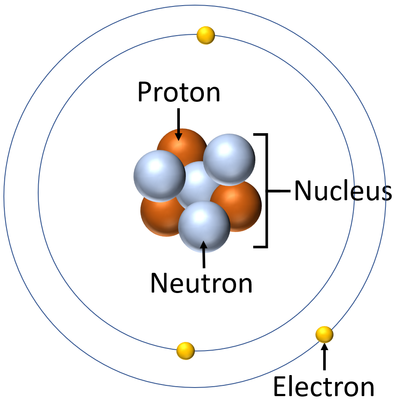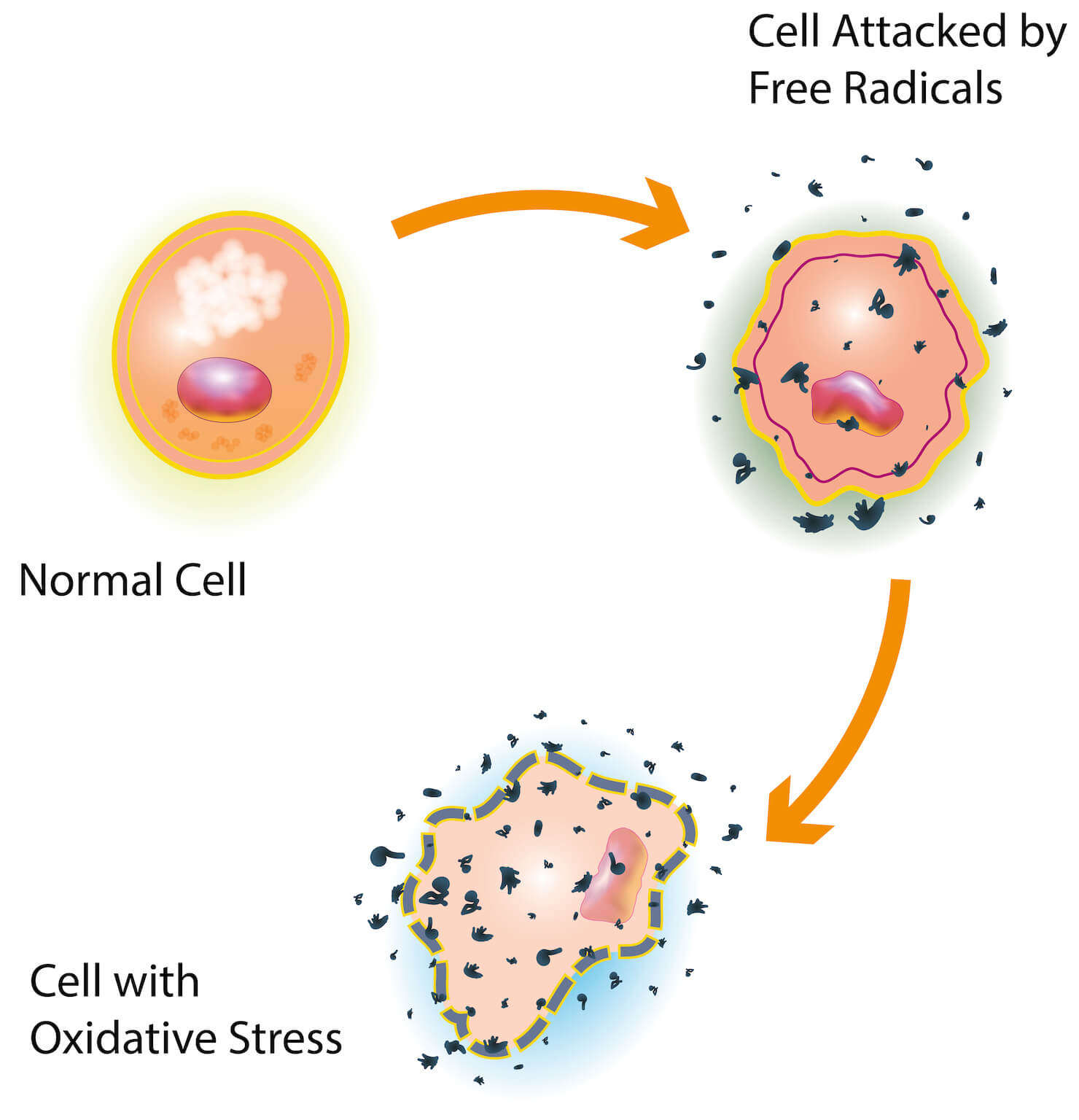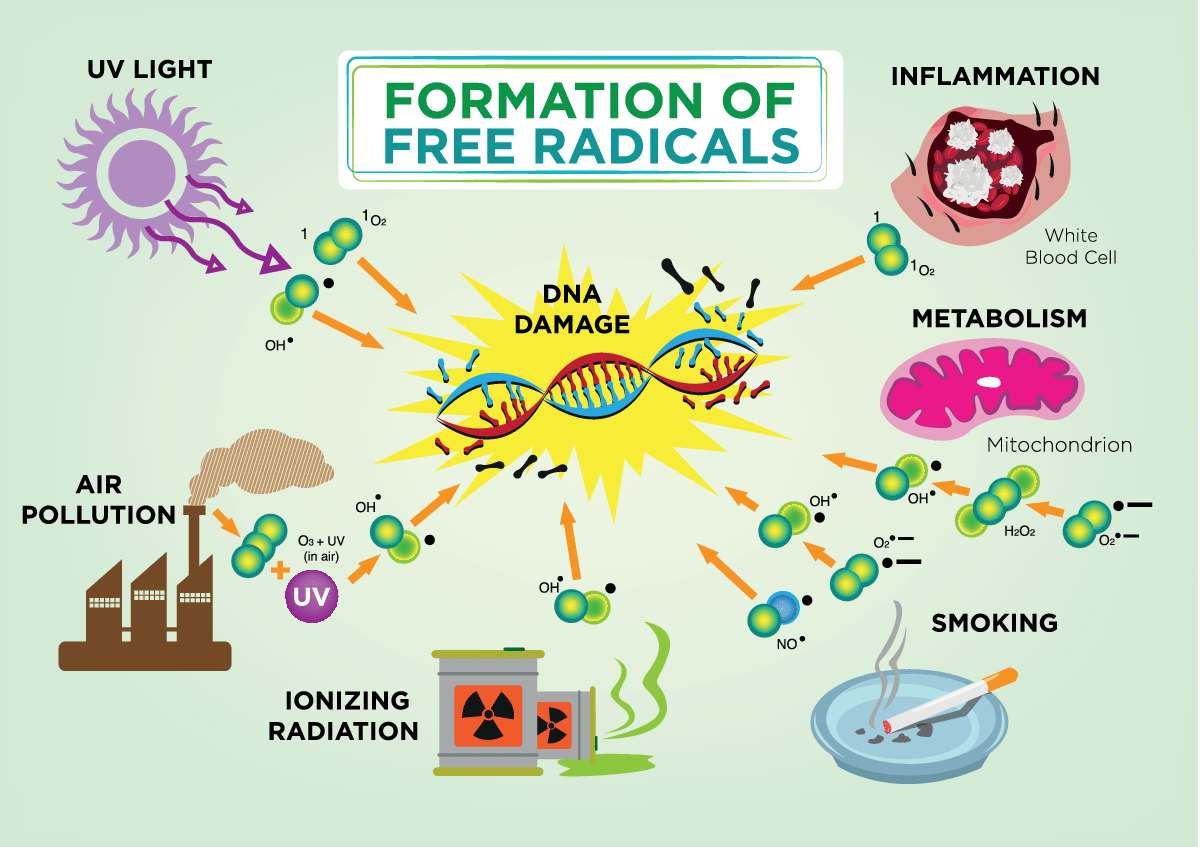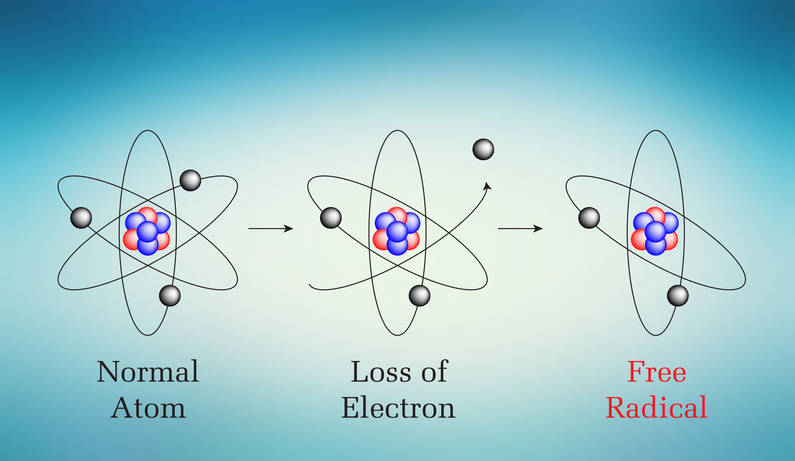Sun damage by ultraviolet light is a layered and intricate process.

Light is composed of particles called photons that are massless packets of energy, capable of interacting with other particles such as electrons, which is where we find the fundamentals of the sun’s effects on our skin.
These electrons are part of the world’s smallest constituent unit of matter, the atom and are quite vulnerable to being dislodged from their position. Though these electrons are continuously jumping from atom to atom they are only considered stable once they are paired with another on the atom’s outermost orbit. For example a single atom of Oxygen has unpaired electrons in its final orbit, which is why in nature we find it as O2, two atoms paired together. The danger lies within that time frame of the instability of the electron.

When a photon of light hits an atom, electrons are displaced from their orbit and shoot off into the environment, forcing a once stable atom to become a Free Radical. These unstable atoms, now described as Free Radicals, are the basic mechanism of UVA damage they become scavengers. In their quest to correct their own imbalance they create a chain reaction affecting up to 1000 molecules in under a 20,000th of a second, rendering some molecules like those of Vitamin A inactive. From our daily exposure to sunlight, this creates a localised deficiency within the skin of Vitamin A, the most important ingredient for healthy skin.

The formation of free radicals are a natural byproduct within the body for a number of essential biological processes such as metabolism, immunity and cannot be avoided. In fact, iron is a Free Radical but our body has processes to handle them. However; pollution, UV exposure, strenuous exercise and smoking, exacerbates their presence within the body. It is estimated that one puff of a cigarette equates to 3 trillion Free Radicals.

Over time the skin becomes visibly transformed due to these Free Radicals; as they eat away at our cell membranes to the detriment of our DNA, as well as impairing our collagen and fracturing the elastin fibres that give our skin its strength.
It is a rather amusing fact that melanin, our pigment, is a powerful free radical quencher. Nonetheless, it must be known that when our skin tans, we are scarred and it is the unmistakeable evidence of UVA damage to the skin.

